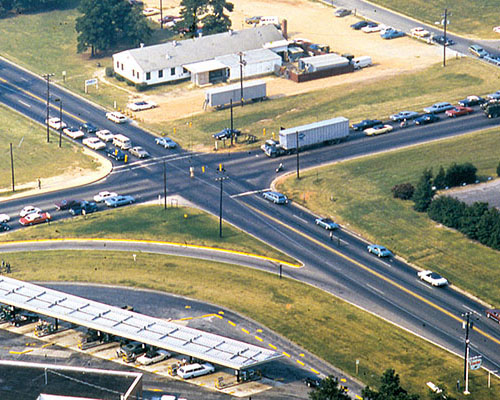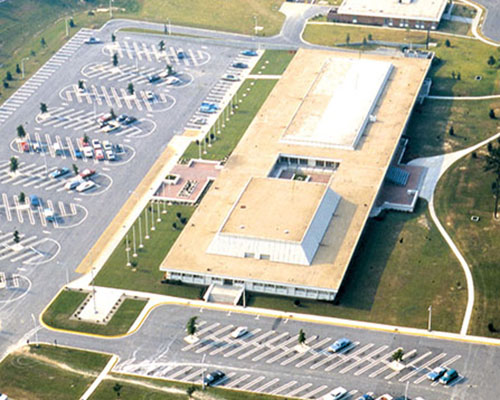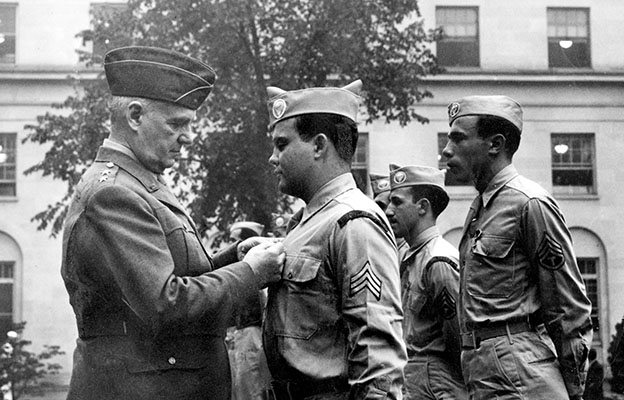DOWNLOAD
Although often not considered, military insignia usually reflect unit history and organizational changes over time. This is especially true for the U.S. Army John F. Kennedy Special Warfare Center and School (USAJFKSWCS). Each time an organization received a new name or was redesignated, the unit insignia had to be “redesignated” by the U.S. Army’s Institute of Heraldry. Often, this was not officially done until years afterwards and sometimes just to keep documentation straight. Typical of Army Special Operations, many insignia were worn before receiving official approval. This article will describe the progression of four USAJFKSWCS insignia; the Distinctive Unit Insignia (DUI); the Shoulder Sleeve Insignia (SSI); the beret flashes; and the parachute badge background trimmings, or “ovals.” Because the records regarding the creation of these insignia are scant, the Veritas staff welcomes any further information that readers might be able to provide.
The U.S. Army Psychological Warfare (PSYWAR) Center was formally activated on 29 May 1952 at Fort Bragg, NC. The units initially assigned to the PSYWAR Center were the U.S. Army PSYWAR School, the 6th Radio Broadcasting and Leaflet Group, the Psychological Warfare Board, and the 10th Special Forces Group. The mission of the PSYWAR Center was to “conduct individual training and supervise unit training in Psychological Warfare and Special Forces Operations; to develop and test Psychological Warfare and Special Operations doctrine, procedures, tactics, and techniques; [and] to test and evaluate equipment in Psychological Warfare and Special Forces Operations.”1 The PSYWAR School’s two instructional divisions, the Psychological Warfare Department and the Special Forces Department, were organized to prepare soldiers to “perform those psychological warfare and special forces duties which they may be called upon to perform in war.”2 The School had no insignia when it was activated on 22 October 1952 at Fort Bragg, NC.3 A brief attempt was made to distinguish PSYWAR from SF during parades; the PSYWAR soldiers wore green ascots and the SF personnel wore red ones during these “Christmas” reviews. However, they still needed their own insignia.4















